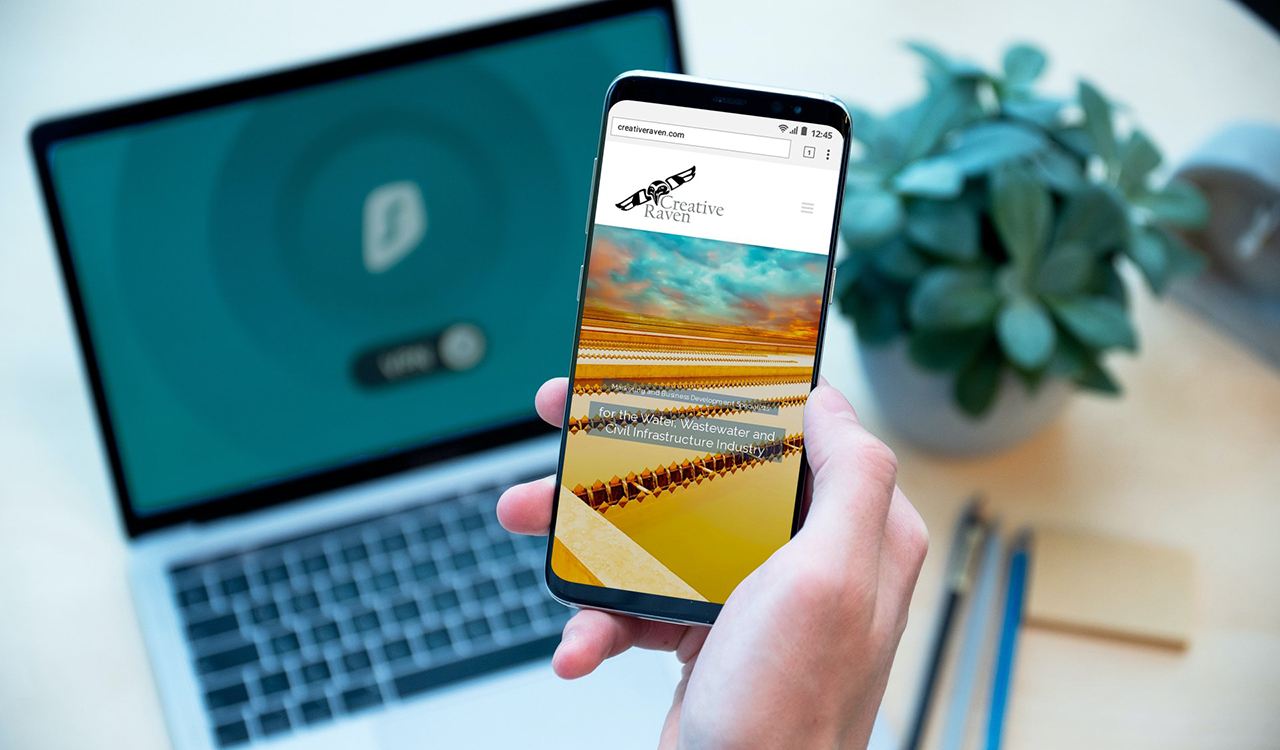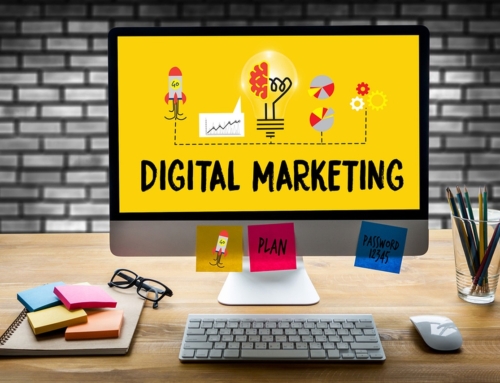By this point in time, there has been a lot written online about what a website needs to effectively engage and convert your potential customers. It’s what every business wants, especially in an increasingly online world.
Engagement occurs when visitors to your website are interacting with it, appreciating the content that you have, and enjoying what you have to offer. This sort of engagement should lead to loyalty to your brand in the long run. The next step, then, is to convert those visitors into paying customers, ideally long-term, loyal customers. In this blog, we’ll see how to increase engagement in your website and convert visitors into long-time customers.
Understand Your Customers
It’s good to start with the very basics. If you don’t know who your customers are or what type of customers you want to attract, then you won’t be able to create a website that engages them or helps convert them into paying customers. Using data analysis techniques, the creation of personas, customer polls, and more, it’s possible to form a deep understanding of your customer base and tailor your website to them.
Know Your Messaging
Once you have a good understanding of who your customers are, it’s important to have a good understanding of your own messaging. Without getting too wordy or complicated, it’s important to be able to convey what your brand does, what value you provide to your potential customers, and appeal to your customers in whatever way works best for them. This will help define what your website ends up looking like.

Good Website Design
Though this is easier said than done, it’s important to make sure your website design is clean, simple, uncluttered, and, most of all, intuitive. You want to make sure your website design has relevant information in easy-to-find areas, and that it’s easy for visitors to navigate.
There are several ways to improve the design of your website:
- The first is to keep page loading times low. Visitors will get frustrated if it takes a long time to get to your website, so it’s important to take the appropriate steps to make sure your website loads quickly.
- Make sure your content is readable. Use appropriate white space, good formatting, big font sizes, and readable and attractive font choices.
- Use pictures and videos. You can use pictures to show off your products or to show pictures of your staff and offices (avoid using stock photos if possible). You can use videos for educational content, demos of your products and/or services, for introducing your staff, and more.
- Consider the mobile user. Now more than ever, people use their phones to browse the internet. Because of this, it’s important to have a usable and good-looking mobile site, one that’s specifically designed for use with phones and tablets. And, depending on your business needs and customer base, it could be helpful to develop an app as well.

Social Proof
More than ever, customers these days want actual reviews, testimonials, customer stories, and more in order to trust a brand. Your existing clients can help bring in new ones since people want honest information about your business. This holds true across B2C and B2B customers. So, it’s important to display all of these things on your website.
Content Marketing
We have several blogs now on content marketing, but in short, content marketing is a strategy wherein a company will produce content in order to engage potential customers. This content, which can be anything from blogs to eBooks to videos, should be useful and relevant to your customers and build brand loyalty in them.
Contact Information
Another way to provide relevant information and build trust in potential customers is to give contact information. Now, this involves more than simply throwing up one generic company number on your website. It’s best to provide as many details as possible – give contact information for any relevant members of your business, which numbers reach which people, and detailed information on how to visit your office.
FAQs
No matter how well-designed your website is or how much information you provide, people will always have questions. This is why it’s good to have a well-designed and relevant FAQ section.

Customer Service
Now, going even further, a well-designed website and an FAQ page can’t answer every single question that might come up. In order to remedy this problem, it’s best to have customer service options at the ready. These can be as simple as a chatbot to as involved as live assistance agents. Whatever the case may be, customers appreciate good customer service.
Pop-ups
This suggestion might be a little surprising since pop-ups sound like they could be very annoying. However, pop-ups, when relevant and timed well, can help with engagement. For example, a subtle pop-up that requests an email can help lock in a potential customer.
Pricing Page
No matter what product or service you’re providing, people want to know how much it costs. It’s a good practice to have a pricing page that’s clearly laid out, organized, and transparent.
Conclusion: Website Must-Haves to Engage and Convert
There are several ways that will help you engage and convert visitors to your website. With the tips, strategies, and suggestions laid out in this blog, you’ll be sure to improve the performance of your website and see more customers coming your way.










